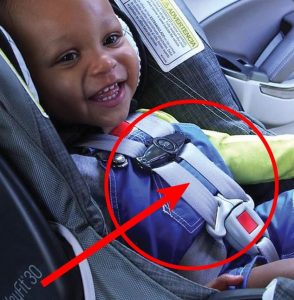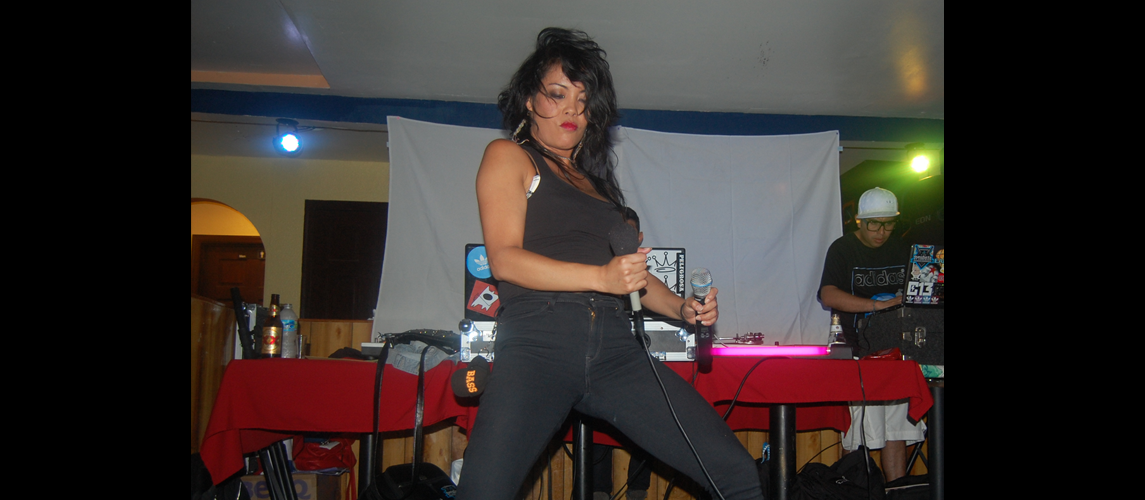Any parents know that infant car seats can save their baby’s lives and just as essential as any standard seatbelt when it comes to your vehicle’s safety. The bodies of babies and young kids are not yet entirely developed, thus making them highly vulnerable to the effects of a collision.

Using infant car seats reduces a baby’s death by approximately 70% and around 50% in toddlers in the event of a car crash. But even with all these benefits, a car seat is not as simple to use as it may seem to be, and even parents who are highly careful are prone to make mistakes when installing these safety seats.
Here are some of the most common mistakes you may not be aware of when it comes to your baby car seat:
Installing The Seat In Front Of Your Vehicle

Kids are recommended to sit in the back seat of your vehicle until they reach the age of 13. This little change can make a big difference and can significantly lower the chances of your child sustaining injury or death in case of a crash. Young kids sitting in front of a car is dangerous compared to sitting at the back. Making them sit in front will expose them much closer to the collision site. It will also increase their risk of getting injuries from the impact’s force and broken glass. Keep in mind that airbags placed in front of your car are also hazardous to your baby. Whether infant car seat if a booster seat, forward-facing, or rear-facing, it should always be placed at your vehicle’s back seat.
Seat Is Not Installed Tight Enough
If your baby is in a seat that’s loose, it could crash into the front seat’s back during a collision and could severely injure him. For this reason, it is vital to check that you have installed your baby car seat tightly. Make sure that it does not allow to much wiggle room even if you’re using UAS anchor positions or current seatbelts when installing it.
Give the seat a vigorous shake, ensure that there’s not more than an inch of shifting from side to side as well as backward and forward. Tighten its straps as much as you can. If you’re installing the seat using anchor points but you’re still not getting a tight enough fit, consider installing the infant car seat using the lap belt. Figuring out what will work for you is crucial as every seat and car will vary slightly.
Not Positioning The Harness Properly
Not correctly positioning the seat’s harness is another common mistake made by parents. Your kid will not get the utmost protection if your seat’s straps are not resting properly on your kid’s body. Your baby car seat’s straps are snug enough when you can only slide a finger beneath them. Its chest clip should also sit at your baby’s armpit level. It is also ideal that your kid is not wearing bulky clothes as it can prevent the proper fit of the straps as well as his positioning.
Reclinge Angle Is Wrong

The recommended angle position for a baby in a car seat is 45 degrees. Their body, neck, and head are cradled appropriately in this position by the back of your baby car seat. They will also be able to breathe comfortably.
Using The Forward-Face Seat Too Soon
It is highly suggest to travel with your child in a rear-face type baby car seat as much as possible, as this seat offers the best protection during a crash. Most car crashes are head-on, so having your baby facing away from the collision site will be beneficial to them. The seat is positioned in a way where it will be able to absorb as much of the impact as possible. Furthermore, the toughest part of your baby’s body is his back, and his vital organs are more protected when he’s back is facing the impact instead of his front. Also, leg injuries are higher in forward-facing seats.
Bottom Line
Research is one of the best things you can do when installing an infant car seat. It is essential to know which ones will fit well in your vehicle, and how you can properly install it. You can also keep your baby secure and safe by knowing a few essential safety tips.




